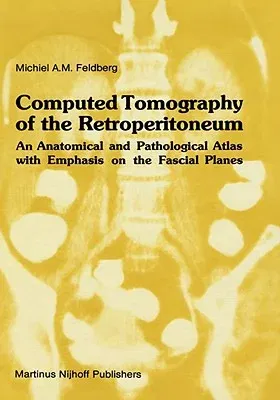Michiel A M Feldberg
(Author)Computed Tomography of the Retroperitoneum: An Anatomical and Pathological Atlas with Emphasis on the Fascial Planes (1983)Hardcover - 1983, 30 September 1983

Qty
1
Turbo
Ships in 2 - 3 days
In Stock
Free Delivery
Cash on Delivery
15 Days
Free Returns
Secure Checkout

Part of Series
Radiology
Part of Series
Developments in Oncology
Part of Series
Series in Radiology
Print Length
190 pages
Language
English
Publisher
Springer
Date Published
30 Sep 1983
ISBN-10
0898385733
ISBN-13
9780898385731
Description
Product Details
Author:
Book Edition:
1983
Book Format:
Hardcover
Country of Origin:
US
Date Published:
30 September 1983
Dimensions:
25.4 x
17.78 x
1.27 cm
ISBN-10:
0898385733
ISBN-13:
9780898385731
Language:
English
Location:
Dordrecht
Pages:
190
Publisher:
Weight:
580.6 gm